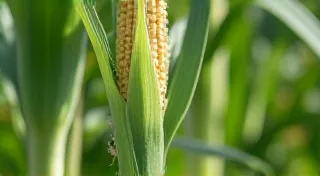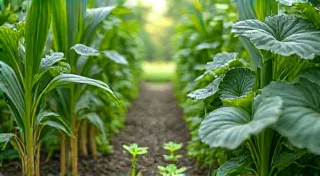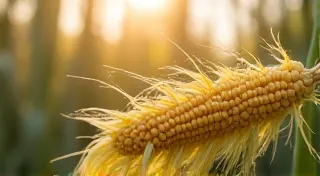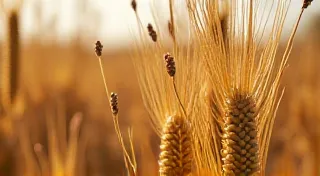Choosing the Right Soil for Heirloom Corn
Growing heirloom corn can be incredibly rewarding, bringing delicious and unique varieties to your table. But just like any successful garden, starting with the right soil is crucial. Heirloom corn, with its rich history and often specific characteristics, has particular soil needs. Let’s explore what your soil needs to be to ensure your heirloom corn thrives.
Understanding the Basics: Soil Composition
The foundation of good soil is a balanced composition. Ideally, you want a loam – a mixture of sand, silt, and clay. This combination provides both good drainage and nutrient retention.
- Sand: Provides drainage and aeration. Too much sand, however, means the soil won't hold water well.
- Silt: Contributes to moisture retention and nutrient availability.
- Clay: Retains moisture and nutrients effectively, but can compact and impede drainage if present in excess.
You can improve your soil's composition by adding organic matter, like compost or well-rotted manure. This helps to bind the particles together, improving drainage and aeration in clay soils and helping sandy soils retain moisture.
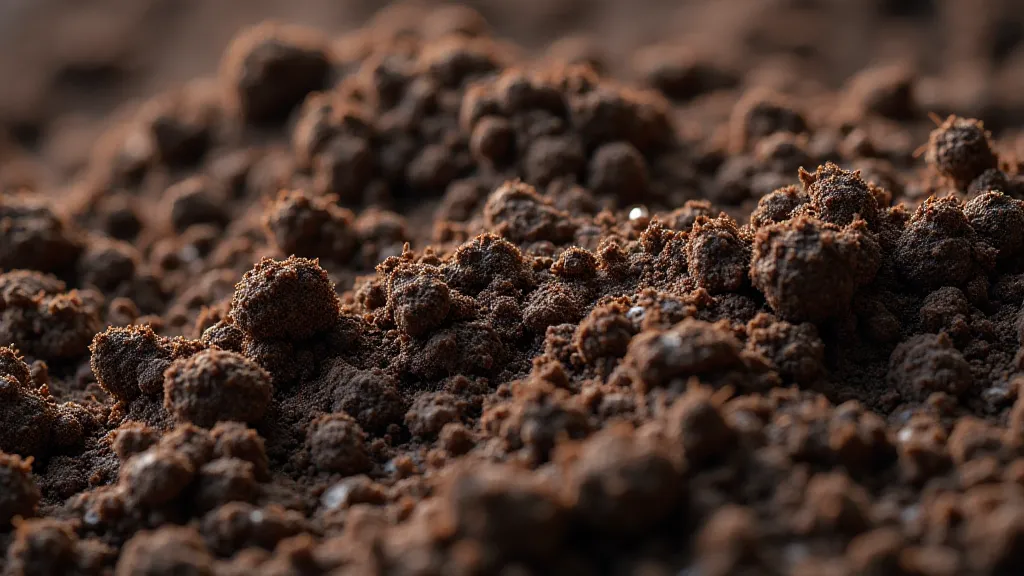
pH Levels: The Goldilocks Zone for Corn
Heirloom corn prefers a slightly acidic to neutral soil pH. The ideal range is between 6.0 and 7.0. This pH level allows the corn to effectively absorb essential nutrients from the soil. Soil that is too acidic (low pH) or too alkaline (high pH) can lock out these nutrients, even if they are present in the soil. A soil test is the best way to determine your soil’s pH. You can purchase a kit at most garden centers or send a sample to a local agricultural extension office for testing.
Drainage: Avoiding Soggy Roots
Corn roots are susceptible to rot if they sit in waterlogged soil. Proper drainage is essential for healthy growth. Before planting, check your soil’s drainage by digging a hole about a foot deep and filling it with water. The water should drain away within a few hours. If it doesn't, you'll need to improve drainage by amending the soil with organic matter or creating raised beds.
Nutrient Requirements: Feeding Your Heirloom Corn
Heirloom corn is a heavy feeder, meaning it requires a good supply of nutrients to produce a bountiful harvest. Here’s a breakdown of key nutrients:
- Nitrogen (N): Crucial for leaf growth and overall plant vigor.
- Phosphorus (P): Supports root development and flowering.
- Potassium (K): Essential for strong stalks and ear development.
You can incorporate slow-release fertilizers or compost into the soil before planting. Side-dressing with a balanced fertilizer during the growing season can also provide a boost. A soil test will give you a precise recommendation for nutrient levels in your soil.
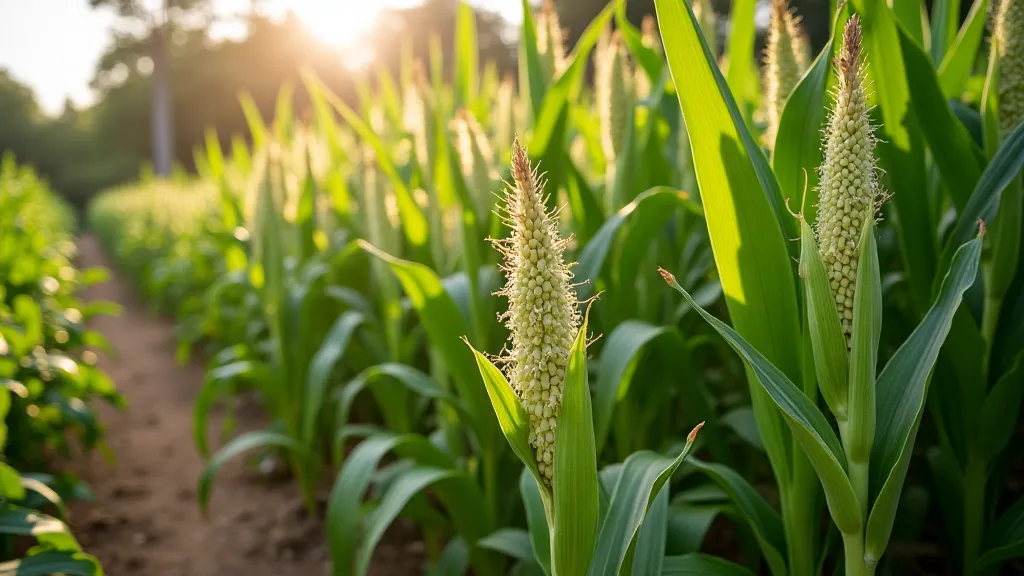
Amending Your Soil: Bringing it All Together
Based on your soil test results and the above considerations, you might need to amend your soil. Here are some common amendments:
- Lime: Raises soil pH (makes it less acidic).
- Sulfur: Lowers soil pH (makes it more acidic).
- Compost: Improves soil structure, drainage, and nutrient content.
- Well-rotted manure: Adds nutrients and organic matter.
- Peat moss: Improves water retention and aeration (though use sustainably sourced peat).
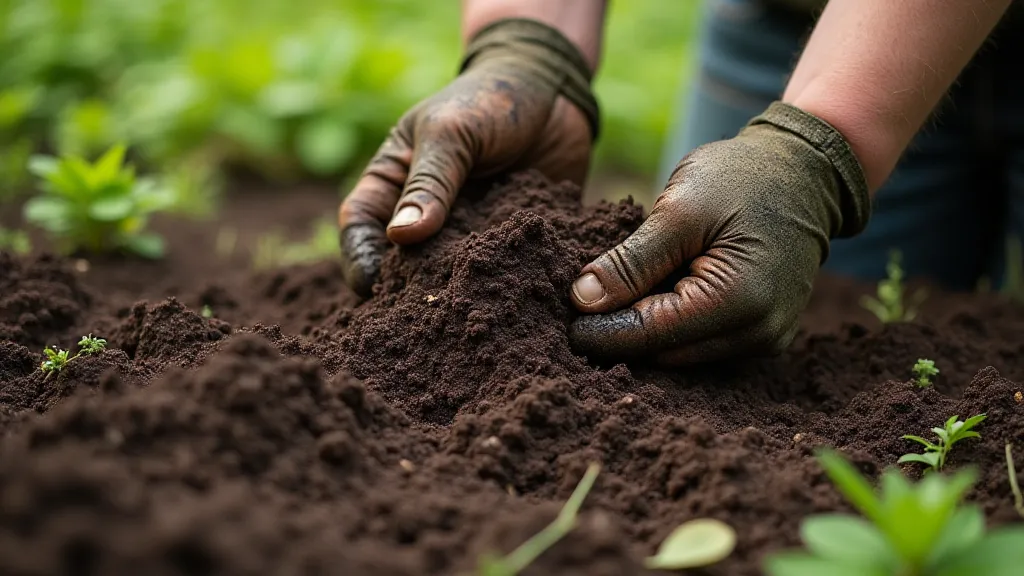
Conclusion: Setting the Stage for Success
By paying close attention to your soil’s composition, pH, drainage, and nutrient content, you can create an ideal environment for your heirloom corn to thrive. Remember, healthy soil equals healthy plants and a delicious harvest!
